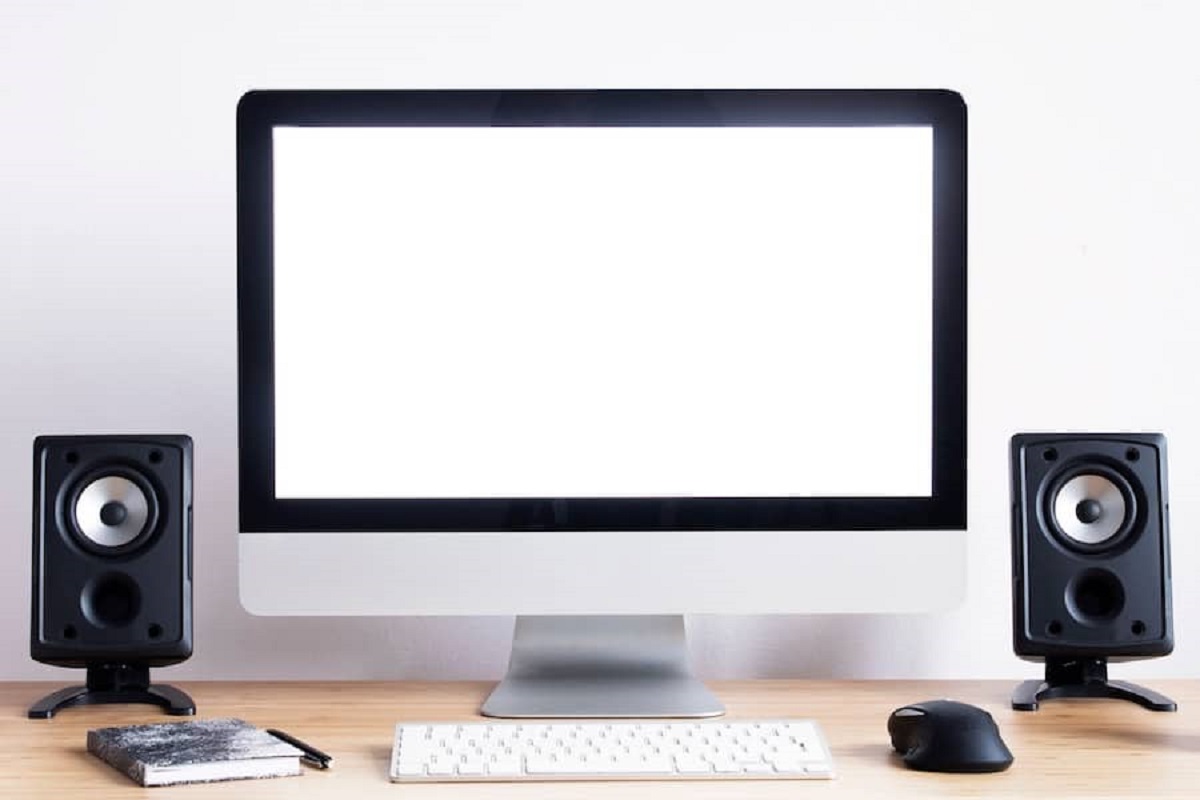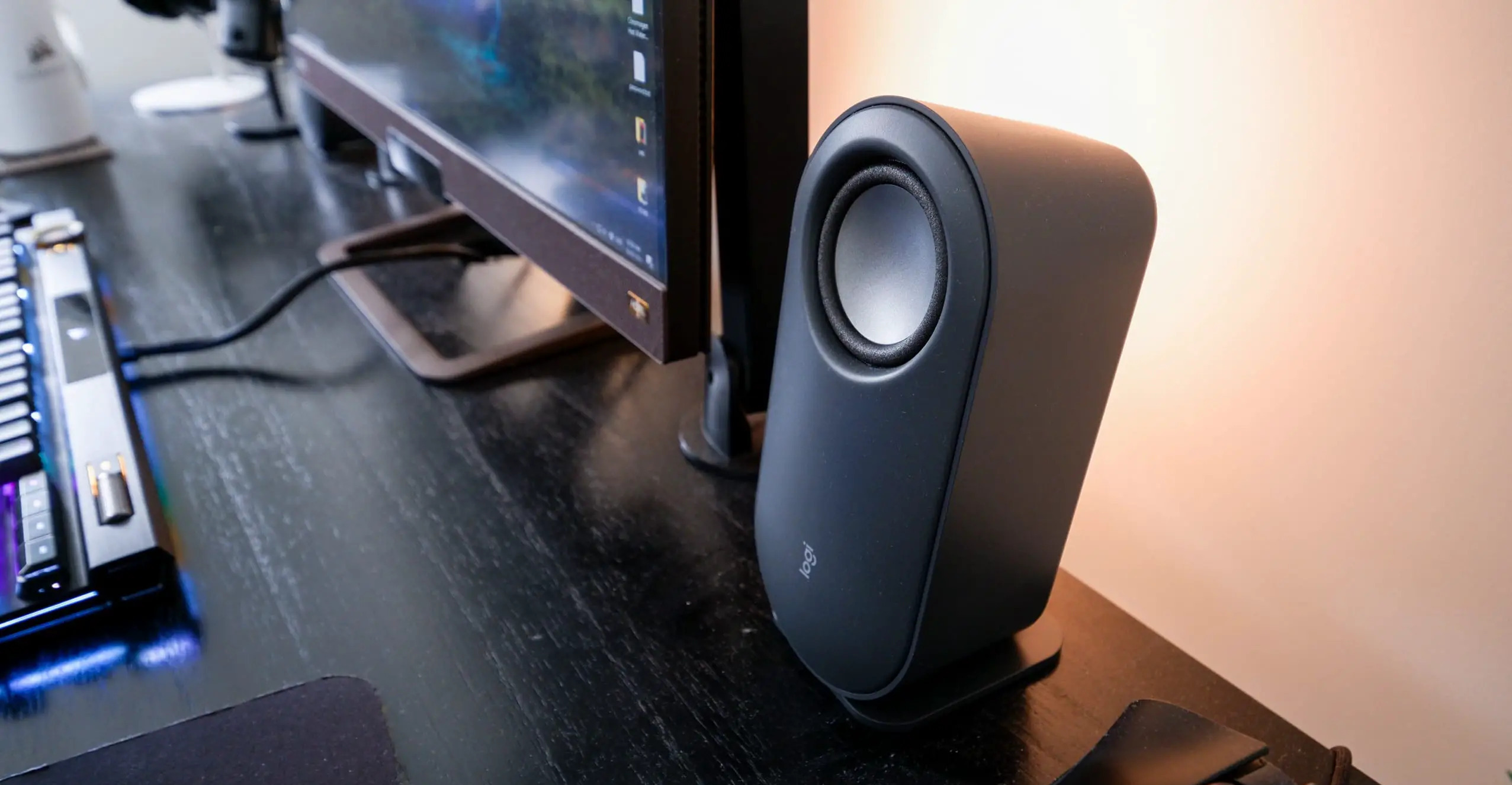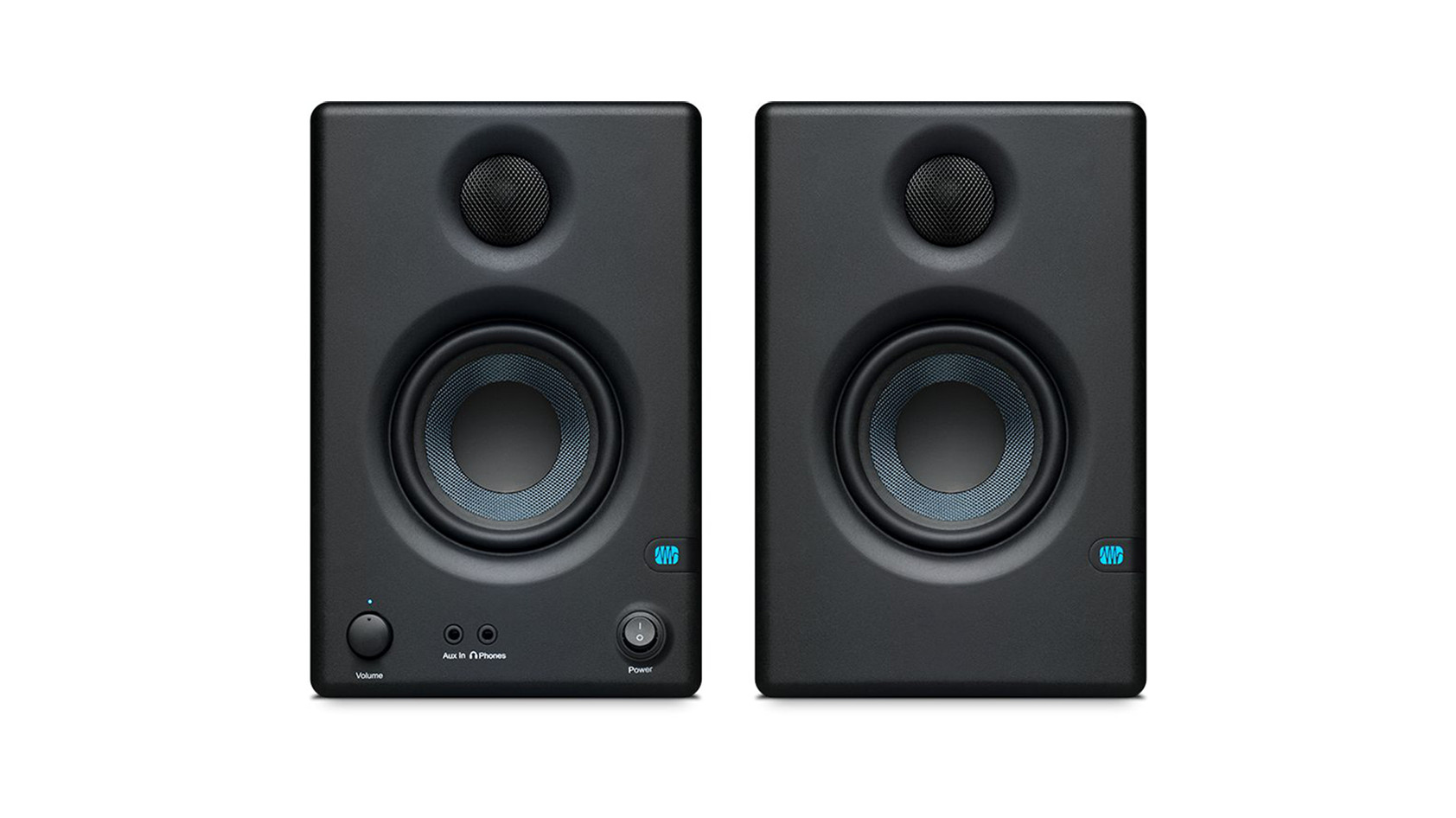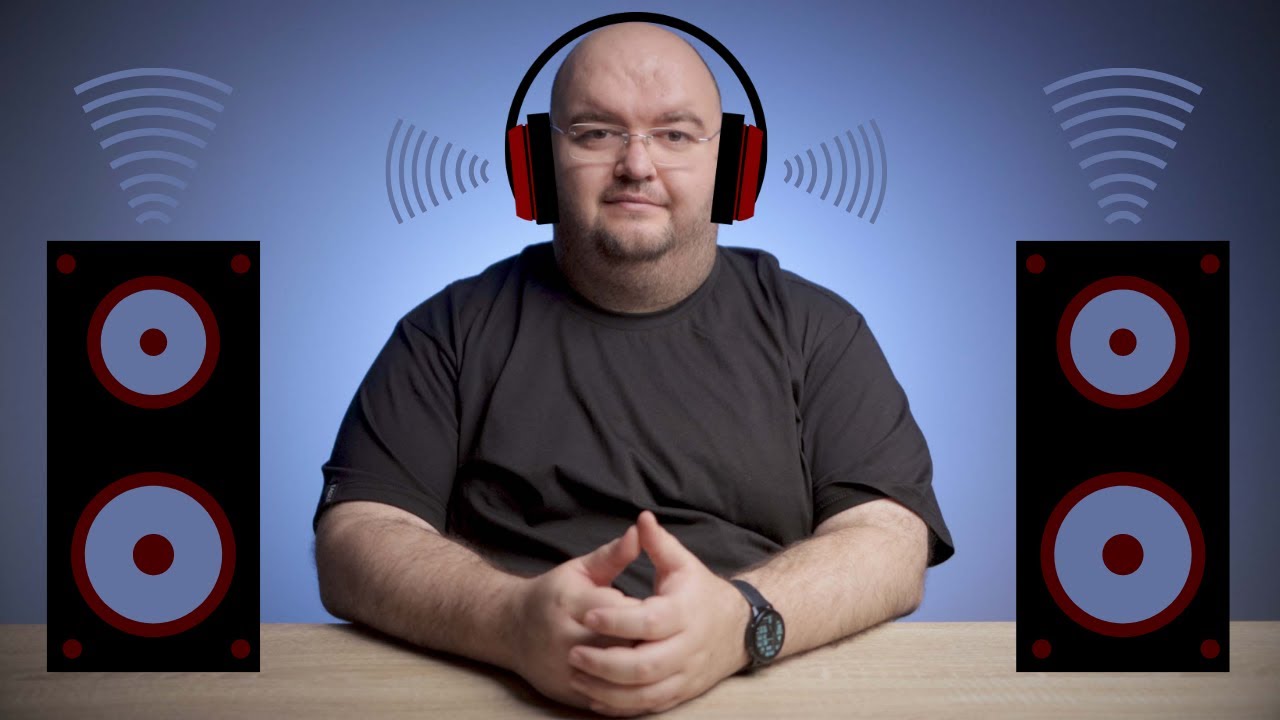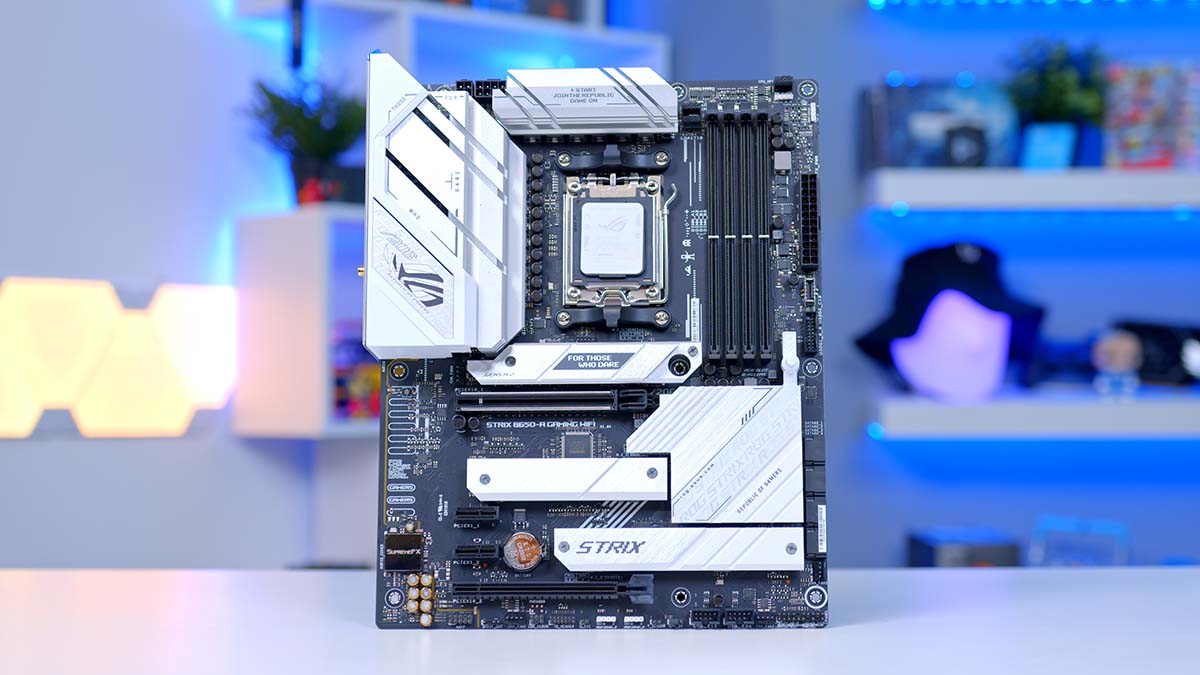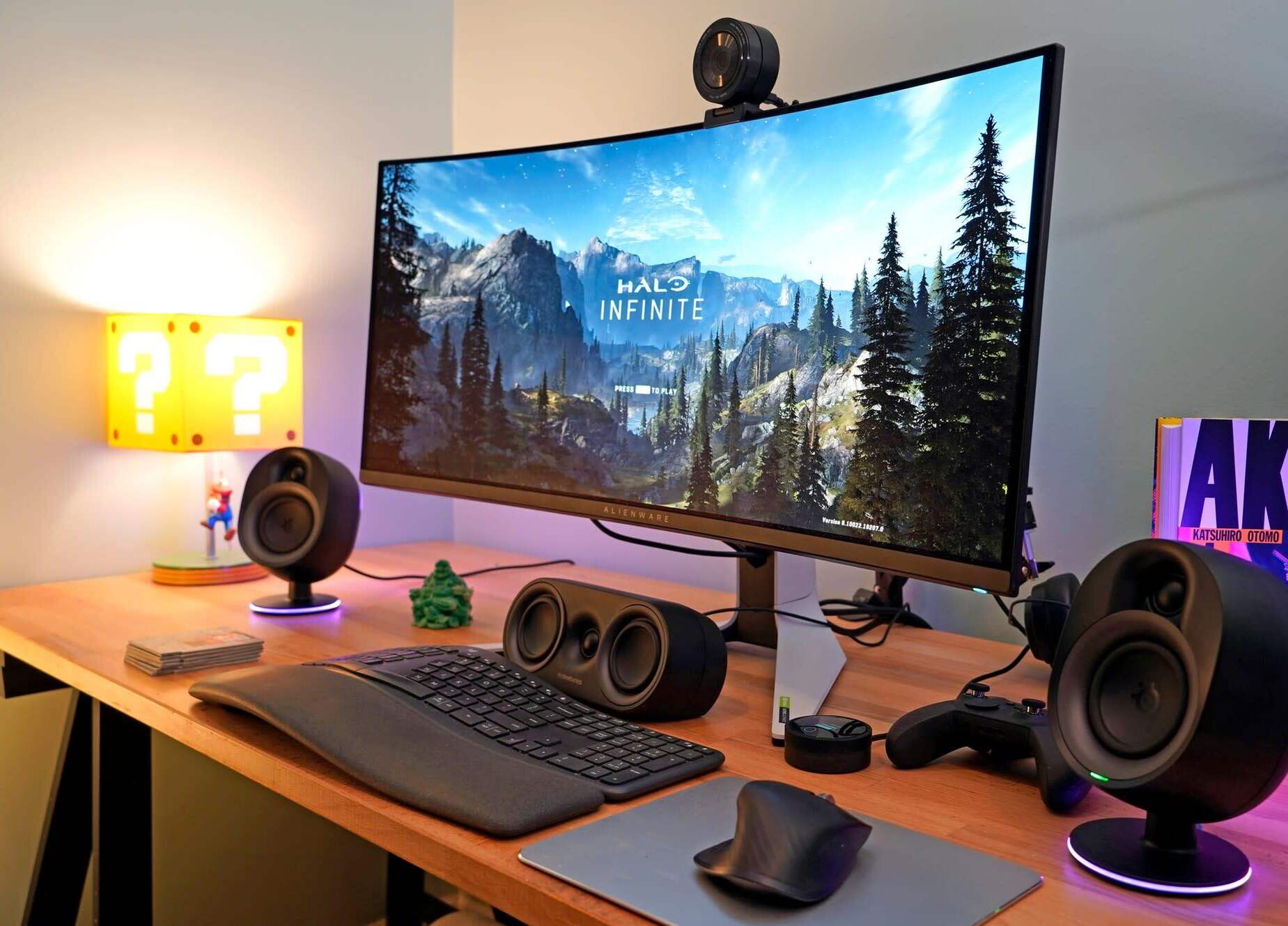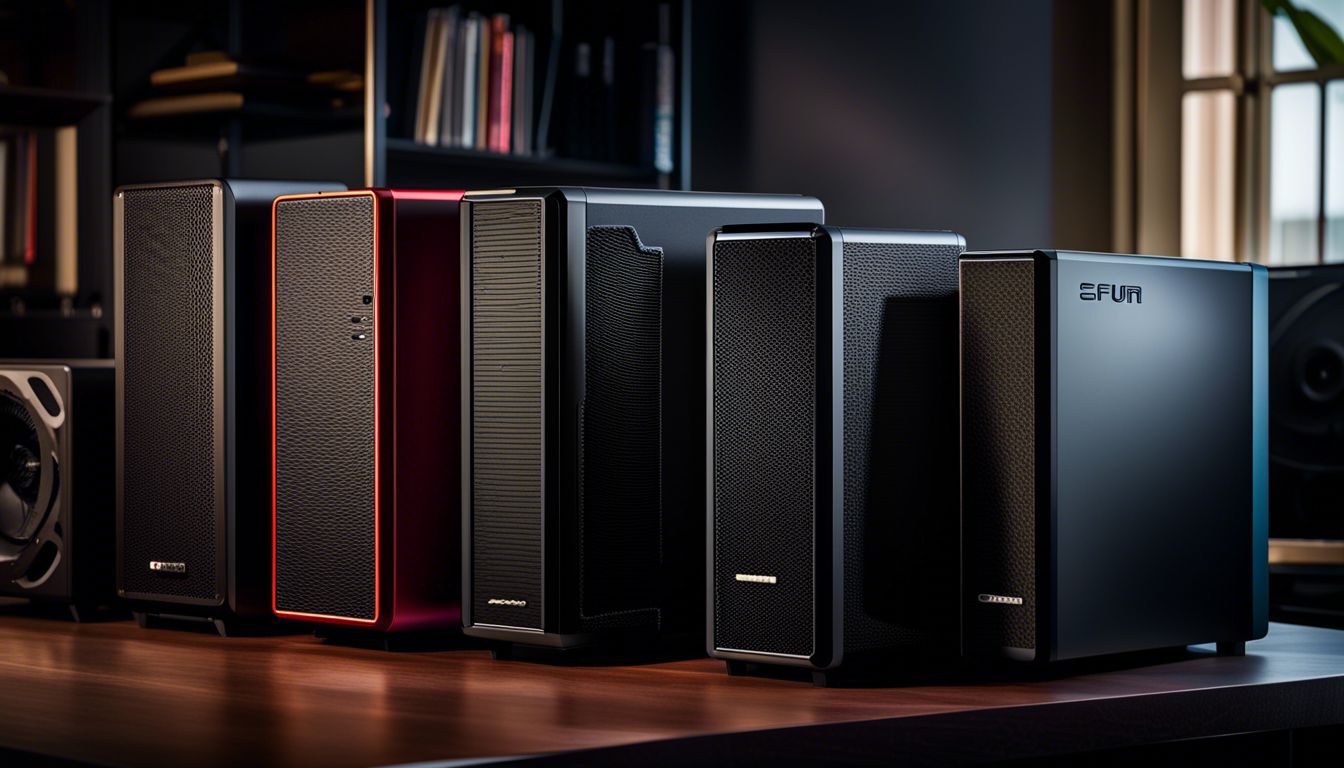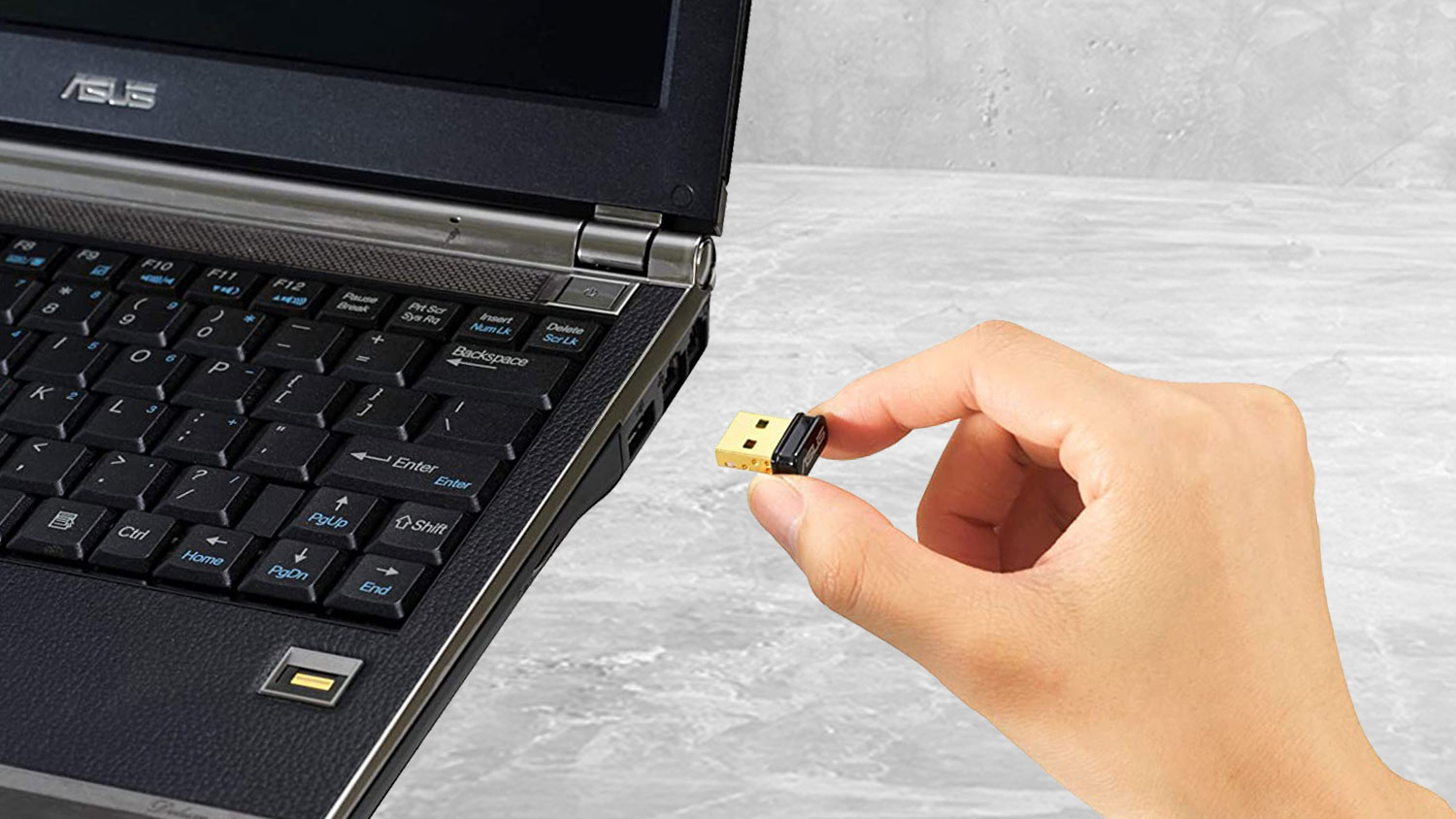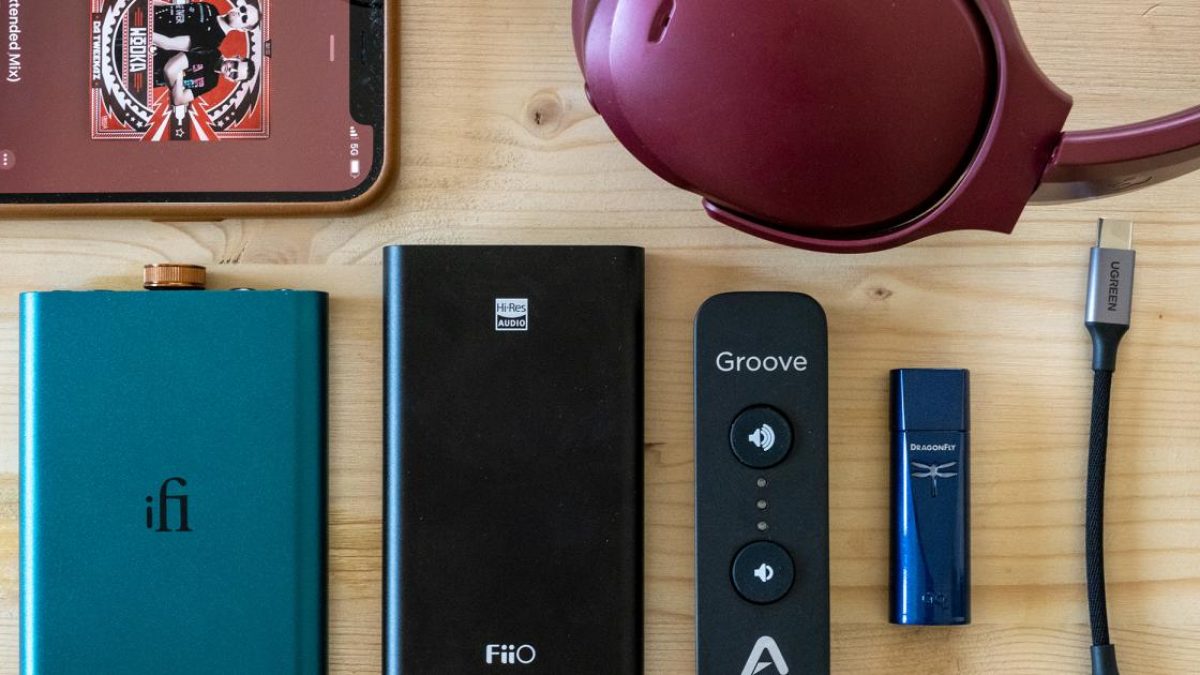Introduction
Welcome to our guide on how to connect speakers to a PC! Whether you’re looking to enhance your gaming experience, listen to music, or enjoy movies with immersive sound, connecting speakers to your computer can help you achieve that. The process might seem daunting if you’re not familiar with audio technology, but fear not – we’re here to help you through it.
In this article, we’ll walk you through different methods of connecting speakers to your PC, including using a 3.5mm audio jack, USB, and Bluetooth. We’ll also provide troubleshooting tips to ensure a smooth connection experience.
Before we delve into the specifics, it’s essential to note that your computer needs to have a compatible audio output port to connect speakers. Most computers have a 3.5mm audio jack, which is the standard connection for speakers and headphones. Some modern computers also offer USB and Bluetooth connectivity options.
Now, let’s explore each speaker connection method in more detail, so you can choose the option that best suits your needs.
Understanding Speaker Connections
Before you begin connecting your speakers to your PC, it’s important to understand the different types of connections. This knowledge will help you select the appropriate method based on your computer’s available ports and your speaker’s compatibility.
The most common type of speaker connection is the 3.5mm audio jack. This connection is typically found on the back or side of your computer’s central processing unit (CPU). It resembles a small circular port, often marked with a headphone or speaker symbol. The 3.5mm audio jack allows you to connect speakers directly to your PC using an audio cable with a male 3.5mm connector at both ends.
If your computer lacks a 3.5mm audio jack, another option is a USB connection. USB speakers have built-in audio converters, eliminating the need for a separate sound card. These speakers connect to your computer’s USB port, which ensures a digital audio connection and often provides better sound quality compared to the traditional 3.5mm connection.
Another increasingly popular option is connecting speakers via Bluetooth. Bluetooth speakers allow for a wireless connection between your PC and the speakers. However, your computer needs to have built-in Bluetooth capability or you can use a USB Bluetooth adapter to enable the connection.
Understanding the different types of speaker connections will help you determine which method is compatible with your PC and speakers. Now, let’s explore each connection option in detail, starting with the 3.5mm audio jack.
Connecting Speakers with a 3.5mm Audio Jack
If your computer has a 3.5mm audio jack, connecting speakers is a straightforward process. Here’s how you can do it:
- Locate the 3.5mm audio jack on your computer. It’s usually found on the back or side of the CPU, marked with a headphone or speaker symbol.
- Take one end of an audio cable with a male 3.5mm connector and plug it into the audio jack on your computer.
- Take the other end of the audio cable and plug it into the corresponding audio input on your speakers. This input is commonly labeled as “Audio In” or “Line In”.
- Once the cable is securely connected, turn on your speakers and adjust the volume to a comfortable level.
- Now, play some audio on your computer to test the sound output through the speakers. If you don’t hear any sound, make sure the volume on your computer is turned up and the speakers are not muted.
That’s it! You have successfully connected your speakers to your PC using the 3.5mm audio jack. Enjoy your enhanced audio experience!
It’s worth mentioning that some speakers may require an additional power source, such as a wall outlet or batteries, to function. Make sure to check the specifications of your speakers and provide the necessary power supply if required. Additionally, if you’re using external speakers with a built-in amplifier, check if there are any specific instructions for adjusting settings or configuring audio options.
Next, let’s explore how to connect speakers to your PC using USB for a digital audio connection.
Connecting Speakers with USB
If your computer doesn’t have a 3.5mm audio jack or you’re looking for a digital audio connection with potentially better sound quality, connecting speakers with USB is a great option. Here’s how you can do it:
- Check if your speakers have a USB port. This port is often located on the back or side of the speaker system and labeled as “USB”.
- Insert one end of a USB cable into the USB port on your speakers.
- Plug the other end of the USB cable into an available USB port on your computer. It’s usually located on the back or side of the CPU.
- Once the USB connection is established, the computer will automatically detect the speakers and install any necessary drivers.
- Turn on your speakers and adjust the volume to your desired level.
- To test the sound output, play audio on your computer. If you don’t hear any sound, make sure the speakers are powered on and unmuted. You may also need to check your computer’s audio settings and ensure that the USB speakers are selected as the default audio output device.
That’s it! You have successfully connected your speakers to your PC using a USB connection. USB speakers offer the advantage of a digital audio signal, resulting in potentially better sound quality compared to analog connections like the 3.5mm audio jack.
Keep in mind that certain USB speakers may require additional power. In such cases, make sure to connect the speakers to an appropriate power source, such as a wall outlet, following the manufacturer’s instructions.
Now, let’s explore the option of connecting speakers to your PC using Bluetooth for a convenient wireless experience.
Connecting Speakers with Bluetooth
If you prefer a wireless setup and your computer has built-in Bluetooth or you have a USB Bluetooth adapter, connecting speakers with Bluetooth is a convenient option. Here’s a step-by-step guide:
- Ensure that your computer has Bluetooth capability. If not, you can purchase a USB Bluetooth adapter and plug it into an available USB port on your computer.
- Turn on the Bluetooth functionality on your computer. Refer to your computer’s manual or settings to enable Bluetooth.
- Put your speakers into pairing mode. Consult the speaker’s manual for instructions on how to activate pairing mode, as it can vary depending on the brand and model.
- On your computer, locate the Bluetooth settings and search for available devices. Your speakers should appear in the list of discoverable devices.
- Select your speakers from the list and click on the “Pair” or “Connect” button.
- Once the pairing process is complete, your computer will establish a connection with the speakers.
- Ensure that the speakers are powered on and the volume is set to an appropriate level.
- Play audio on your computer to test the sound output through the Bluetooth speakers. Make sure the volume is not muted and adjust it as needed.
That’s it! You have successfully connected speakers to your PC using Bluetooth. The wireless nature of this connection allows you to place the speakers anywhere within the Bluetooth range for a clutter-free setup.
Keep in mind that the range between your computer and the Bluetooth speakers may be limited, typically around 10 meters (30 feet). Additionally, the pairing process may vary slightly depending on your computer’s operating system and the speaker model.
Now that you have a clear understanding of how to connect speakers to your PC using different methods, let’s move on to the troubleshooting tips to help you overcome any potential challenges.
Troubleshooting Tips
While connecting speakers to your PC is usually a straightforward process, you may encounter some common issues along the way. Here are a few troubleshooting tips to help you overcome any challenges:
- Check the cables: Ensure that all cables are securely connected to both the computer and the speakers. Sometimes a loose connection can result in no sound output.
- Verify the power source: If your speakers require a separate power source, make sure they are properly plugged into a working outlet or have fresh batteries installed.
- Update drivers: If you’re experiencing issues with USB or Bluetooth speakers, check if there are any driver updates available for your speakers or your computer’s Bluetooth/USB drivers. Updating them can resolve compatibility issues and improve performance.
- Adjust audio settings: In the sound settings on your computer, ensure that the correct audio output device is selected. Sometimes, the wrong device may be chosen, resulting in no sound coming from the speakers.
- Test with different devices: If possible, try connecting your speakers to a different device, such as a smartphone or tablet, to verify if the issue lies with the computer or the speakers.
- Restart devices: Sometimes a simple restart can fix various connectivity issues. Try restarting both your computer and the speakers to refresh the connection.
- Check for interference: If you’re using Bluetooth speakers, ensure that there are no other devices or objects causing interference, such as other Bluetooth devices or appliances operating on similar frequencies.
If you’ve tried these troubleshooting tips and are still experiencing issues, consult the user manual for your speakers or seek help from the manufacturer’s customer support.
By following these troubleshooting tips, you can resolve common connectivity problems and enjoy seamless audio playback from your speakers.
Now that you’re equipped with the knowledge of connecting speakers to your PC and troubleshooting any issues, you can enhance your audio experience to a whole new level.
Conclusion
Connecting speakers to your PC doesn’t have to be a complicated process. By understanding the different types of speaker connections, including the 3.5mm audio jack, USB, and Bluetooth, you can choose the method that works best for your setup.
If your computer has a 3.5mm audio jack, simply plug in the audio cable to connect your speakers. Alternatively, USB speakers provide a digital audio connection for potentially better sound quality. For a wireless setup, Bluetooth speakers offer the convenience of a wireless connection.
While connecting speakers is generally straightforward, it’s essential to troubleshoot any issues that may arise. Checking cables, verifying power sources, updating drivers, and adjusting audio settings are some troubleshooting tips you can follow to ensure optimal sound output.
Remember, always consult the user manual for your speakers and your computer’s documentation for specific instructions and guidelines.
Now that you have the knowledge and the troubleshooting tips, you’re ready to connect your speakers to your PC and enjoy an enhanced audio experience for gaming, music, movies, and more.
So go ahead, connect those speakers and immerse yourself in rich, high-quality sound!







